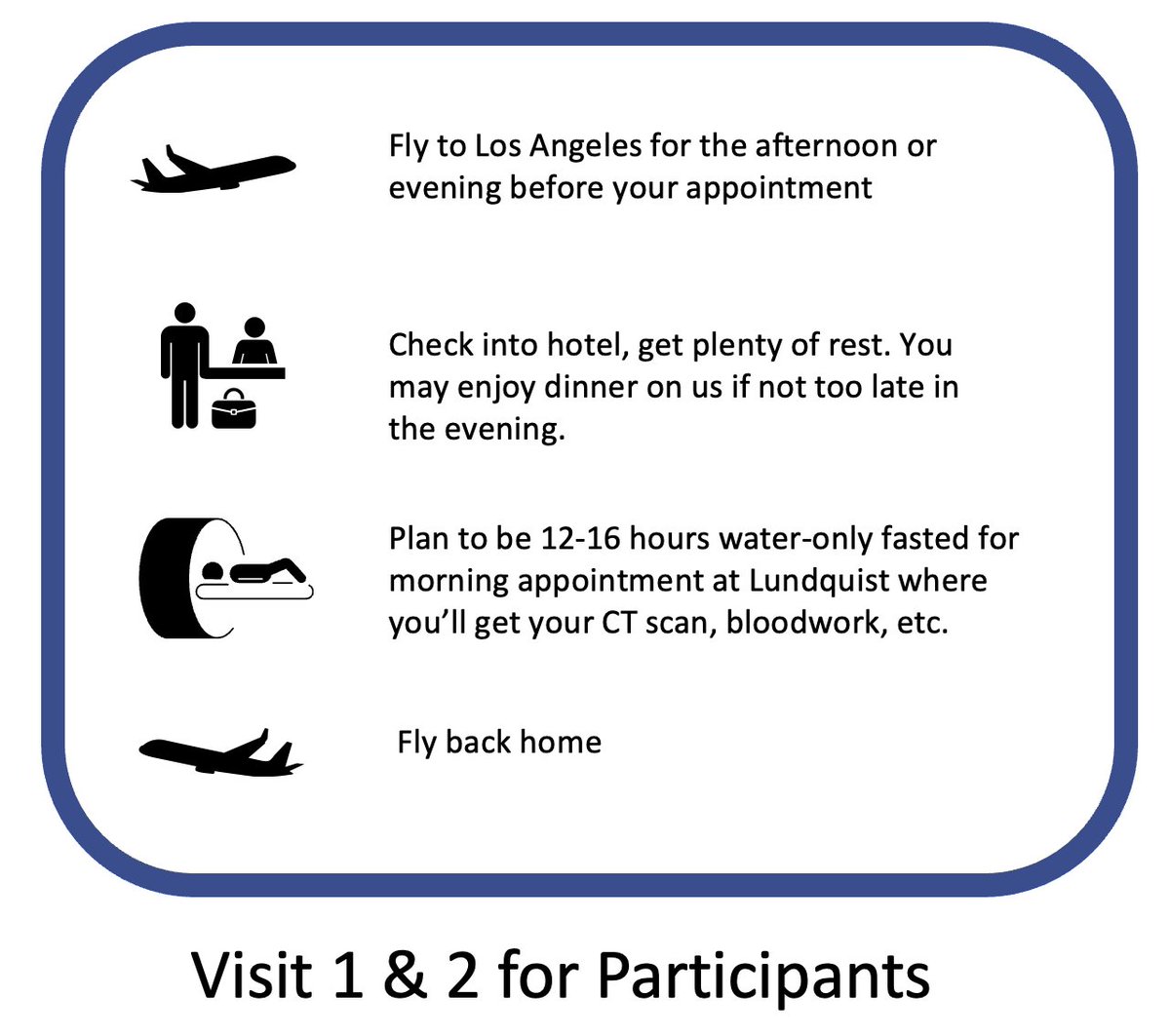1/ 🦠🦠 #COVID19 / #CORONAVIRUS SURVEY 🦠🦠
(Note-- this is the sixth time I'm posting this exact same survey, each 5 weeks apart. Links at the end of this thread, but don't compare until you've completed this first, ofc.)
Answer as honestly as possible.
Here we go...
(Note-- this is the sixth time I'm posting this exact same survey, each 5 weeks apart. Links at the end of this thread, but don't compare until you've completed this first, ofc.)
Answer as honestly as possible.
Here we go...

2/ Generally speaking, do you feel *your government* is under-reacting, overreacting, or acting appropriately in response to this pandemic?
3/ Generally speaking, do you feel *the media* is under-reacting, overreacting, or acting appropriately in response to this pandemic?
4/ Generally speaking, do you feel *private citizens* are under-reacting, overreacting, or acting appropriately in response to this pandemic?
5/ What do you predict will be the true fatality rate (percent of those who will die) of this infection once we have stronger testing to find all who are both symptomatic and non-symptomatic?
6/ What number of deaths worldwide do you predict will result from this pandemic?
7/ How soon do you predict we'll have a vaccine for #covid19 approved and widely available to the public?
8/ How many people do you personally know who have been confirmed to have #covid19? (Blood test verified)
9/ Do you consider yourself at high risk if you are infected with #covid19?
10/ [NON-MEDICAL PROFESSIONALS ONLY]
All medical professionals click "(🚫 Doesn't apply to me)"
Are you concerned about your local hospital being able to treat you or your family should they get infected?
All medical professionals click "(🚫 Doesn't apply to me)"
Are you concerned about your local hospital being able to treat you or your family should they get infected?
11/ [MEDICAL PROFESSIONALS ONLY]
All non-medical professionals click "(🚫 Doesn't apply to me)"
How concerned are you about your hospital or clinic having capacity to meet patient intake for ICU?
All non-medical professionals click "(🚫 Doesn't apply to me)"
How concerned are you about your hospital or clinic having capacity to meet patient intake for ICU?
12/ How concerned are you for your financial wellbeing in 12 months?
13/ How concerned are you for the financial wellbeing of your country in 12 months?
14/ Thanks for contributing and making it this far!
You can find the original surveys posted exactly 5 weeks apart starting here:
April 1:
May 6:
June 10:
July 15:
You can find the original surveys posted exactly 5 weeks apart starting here:
April 1:
https://twitter.com/DaveKeto/status/1245486371856240640
May 6:
https://twitter.com/DaveKeto/status/1258104212338044930?s=20
June 10:
https://twitter.com/DaveKeto/status/1270722427857694721
July 15:
https://twitter.com/DaveKeto/status/1283408605014749186?s=20
15/ August 19:
https://twitter.com/DaveKeto/status/1296159468149866496?s=20
• • •
Missing some Tweet in this thread? You can try to
force a refresh












